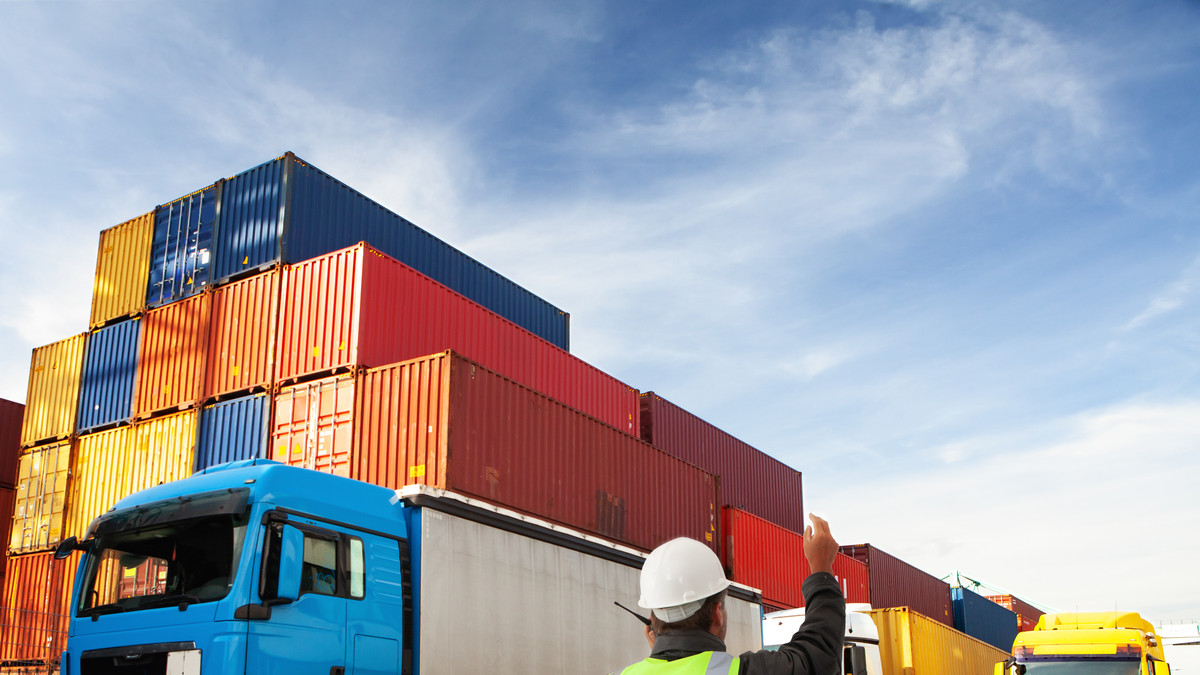An earthquake damages your manufacturing facility, a strike at a port has delayed shipments to your store, or political uncertainty has left your planning and forecasting in chaos. Today’s supply chains are complex global networks that face a growing host of risks, including natural disasters, labor unrest, transportation delays, political uncertainty and cyberattacks.
Fortunately, through the use of technology and data analytics, there are ways for commercial shippers and service providers to mitigate these risks. Here’s a closer look at the tools and strategies that are helping businesses manage risk as their shipments make their way around the world.
The impact of supply-chain disruptions
Supply-chain disruptions continue to grow at an alarming rate, with 73% of businesses experiencing a supply-chain disruption in the past year. Equally alarming? The rise in costs associated with these disruptions, which can run into the billions.
For example, the 2011 Tohoku earthquake and tsunami resulted in $210 billion in costs for Japan and affected supply chains around the world. When Hurricane Maria hit Puerto Rico in September 2017, the supply chains of two of the island’s biggest industries — pharmaceuticals and medical devices — were severely damaged. And according to some estimates, the trade war between the U.S. and China has cost the U.S. electronics industry alone $10 billion since July 2018. Beyond those losses are also costs that are less easily measured, including lost productivity, customer complaints and damage to brand reputation — losses that companies can’t insure against but can mean the difference between success and failure.
The importance of staying agile
In an industry where disruption is a way of life, having the right tools, people and processes in place can help you stay nimble and minimize risk.
The right tools: Many businesses continue to run their supply chains on spreadsheets or over email, resulting in operations that are both inefficient and opaque. By contrast, a technology solution with a centralized booking system can streamline operations and show you the status of every provider’s shipments, up and down the supply chain. Technology features such as mobile track-and-trace and purchase-order management make it simple to keep tabs on your freight. For example, if a container of tires is delayed on its way to your warehouse, you can quickly see where you have similar parts and arrange to get them there.
The right partners: Relationships with suppliers are also key to mitigating risk. When disruptions send shipments astray, a supply-chain provider with a deep network of relationships can be invaluable. With a little logistics creativity, such as changing the port of discharge for cargo traveling inland, an experienced partner can help lessen the impact of disruptions. Similarly, when an unexpected event forces you to find last-minute capacity with a new carrier, a provider with the right scale and network can help you negotiate a better arrangement.
The advantages of a resilient supply chain are clear during situations like the collapse of freight carrier Hanjin Shipping in 2017, says Jon Slangerup, CEO of AGL Logistics.
“Hanjin vessels were denied entry at ports around the world and $14 billion in goods were basically abandoned,” Slangerup says. “But thanks to our partner network, we were able to find space for AGL customer shipments with another carrier, which honored the original rate with Hanjin. Without that support, the business could have potentially waited months for clearance to dock in the United States.”
The future of risk management
As risks continue to evolve, strategies are changing, too. One of the companies providing that kind of next-level analysis is Resilience360, an innovative supply-chain risk-management company that helps companies monitor, prepare for and react to potential supply-chain disruptions. Originally developed in the DHL Innovation Center, Resilience360 has since grown to become a stand-alone company with employees based in Germany, Singapore and the U.S., allowing for round-the-clock coverage of global supply-chain disruptions. In the spring, Resilience360 released its first Risk Report, which outlined the Top 10 potential supply-chain Risks for 2019 — and in the summer released a specific analysis on potential hurricanes, just before the beginning of storm season.
“Historically there was a focus on optimizing supply chains, including sourcing,” according to Tobias Larsson, founder and CEO of Resilience360. “While important, risk planning often took a backseat to optimization. Mitigating ‘as best as possible’ was the norm.”
The 2011 earthquake and tsunami that hit Japan changed that strategy, representing a serious wake-up call for global companies and their supply chains. In its wake, determining how a manufacturer’s suppliers, warehouses and shipments could be affected by a significant disruption became a competitive advantage.
When Schneider Electric, a French multinational energy and electrical-equipment manufacturer, needed support for its company-wide digitization plan, Resilience360 delivered. The firm provided Schneider with a tool to visualize its entire supply chain as well as to help manage strikes, port or airport congestion, vessel accidents, natural disasters, changes in government regulations, and more. The result has been the ability to respond proactively, not reactively. For example, when the company noted congestion buildup at one of Vietnam’s ports, it was able to implement a contingency plan, including all the required paperwork, at minimal additional cost within 24 hours. Most important, Schneider’s containers didn’t miss their delivery deadline.
Maximizing success
Every day, supply-chain companies must navigate a world of risk. To do that successfully requires flexibility and the agility to respond quickly to unexpected disruptions. That’s why it’s crucial that companies have the right technology, tools and partners to help manage and mitigate both known and unknown risks. With the right systems in place, businesses can increase their chances of minimizing disruptions to trade and maximizing success in the marketplace.
This article was written by Cathy Morrow Roberson from Forbes and was legally licensed through the NewsCred publisher network. Please direct all licensing questions to legal@newscred.com.
